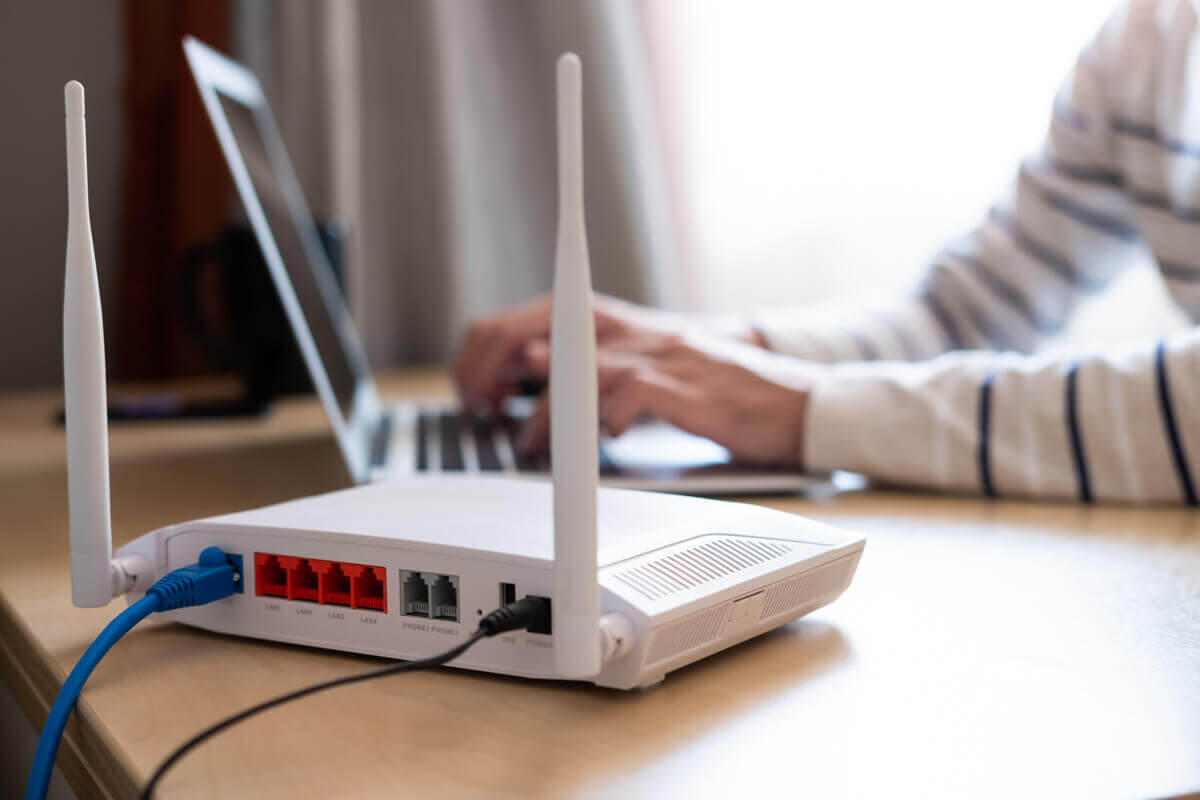How Does Bandwidth Work?
Table of Contents
What the term “bandwidth” means and how it works is a subject of much confusion. Bandwidth speed is a metric by which many people evaluate Internet connections, but the relationship between the two is not as simple. In fact, while bandwidth measurement is typically in terms of bits per second (bps, as in megabits/Mbps or gigabits/Gbps), that doesn’t really refer to speed.
It refers to how much data is being transferred over a specific amount of time, one second being the standard.
However, bandwidth is a simple concept that isn’t just the domain of Internet denizens and computer gurus. Understanding how it affects your Internet connection means understanding a few other aspects of how data is transmitted between points.
What is Bandwidth?
Bandwidth is similar to a highway. Wider highways allow for more traffic and often have higher speed limits. Narrower highways will have slower speed limits, and may even have stop lights that act as choke points to control the flow of traffic.
Bandwidth works very similarly to highways. Just as a wider highway allows more cars to travel on it, higher bandwidth allows a higher amount of data to travel through it. This is typically measured as “speed,” but bits are packets of data. Thus, what we commonly think of as bandwidth speed is actually the capacity for movement of larger packets of data.

Bandwidth and Data
So how do you compare Mbps vs. Gbps?
More recently, Internet bandwidth has allowed a leap from hundreds to thousands of bits per second. This is because DSL, cable, and fiber optic wiring technologies allow higher amounts of bandwidth, delivering data at faster rates. Faster rates should go in both directions, which is called data throughput.
Good data throughput means that upload speeds are as fast as download speeds, called parity. To save broadband, especially in high-traffic areas, some Internet service providers (ISPs) offer plans with significantly lower bandwidth set aside for uploading than for downloading.
Most homes don’t upload large packets of data. Usually uploading in a home consists of typing in web addresses or clicking links in emails and on websites. Those actions upload requests to the nearest server bank. The Internet’s response to your request is downloaded, and since websites, streaming videos and music, and downloading games or files takes a lot more data, uploading might not take place as often.
Homes that do upload large packets of data are homes with heavy Internet use. Even a single person in an apartment can require a lot of bandwidth if they have frequent video conferences or play video games on their computer or console. Live streaming is another activity that uploads a lot, especially since many live streamers are showcasing online game play.
An overlooked area of heavy Internet use is in the number of devices a residence or business has besides its computer network. Even if only a couple of people live in the house, devices that rely on the wireless connection also use network bandwidth. Some of them, like tablets or cell phones, don’t typically use much, while devices like gaming consoles or security cameras have higher bandwidth requirements.
Bandwidth and Speed, Working Together
So what does it mean if you don’t have enough bandwidth? It’s like having gridlocked traffic during certain times of the day, especially when your entire home or neighborhood is online at once. So many network connections in a given amount of homes having a lot of activity all at once seems to affect Internet speed.
However, what it really affects is latency. Latency is a combination of the number of data packets and how much integrity they have. If data packets are like cars, there might be a few on a highway, or many. When latency is high, it means there’s a lot of traffic on the connection.
Sometimes the data packets become corrupted as their integrity is compromised, like a vehicle breakdown on the side of a busy road. This can not only slow down all the network traffic but compromise more data packets in the process, raising latency even more.
Low latency is desirable, and high bandwidth allows an increase in traffic by widening the highway. This allows data packets to pass through more freely and minimizes or eliminates “traffic jams.” It also significantly reduces instances of data corruption.

Finding the Right Bandwidth
Knowing the bandwidth definition for your computer and other devices can help you choose the right Internet plan for your needs. That means knowing how much bandwidth each device needs, and also how much you actually use in your online activities. This can be easily measured by taking an inventory of your devices and using the tool located here to calculate the bandwidth they might potentially use. Don’t forget to estimate a little extra if you intend to add more devices to your home network.
Once you know your bandwidth use, you can compare plans based on your usage. Every area has different bandwidth needs and capacities, but you can find what plans are available in your area. That way you can compare prices and ensure that you have the bandwidth to make your data flow!


